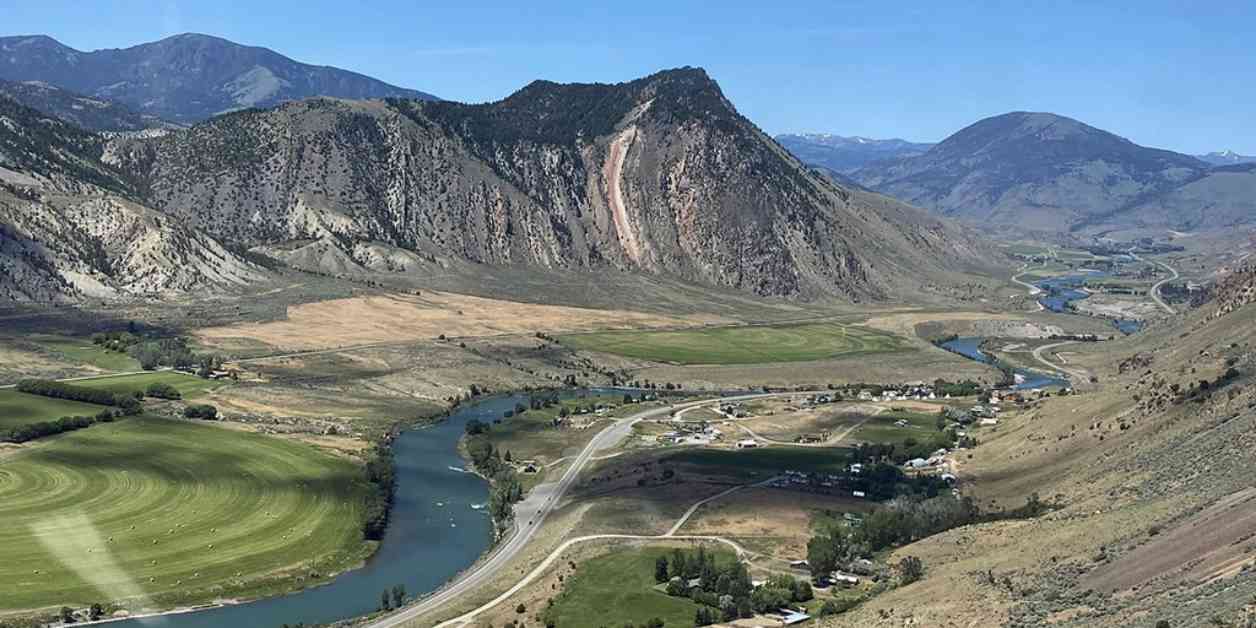A 72-year-old man in Montana faced a terrifying encounter while picking huckleberries when a grizzly bear attacked him unexpectedly. The man, who was alone on national forest land, was badly injured in the incident and had to be hospitalized. In a desperate attempt to defend himself, he used a handgun to kill the bear, according to Montana Fish, Wildlife & Parks officials.
The bear, identified as an adult female, was likely acting defensively to protect her cubs, said agency spokesperson Dillon Tabish. Wildlife workers are now working to confirm the presence of any cubs in the area using game cameras. If cubs are found, the decision on whether to capture them or leave them in the wild will depend on their age, as younger cubs have a better chance of survival in the wild.
The attack took place in the Flathead National Forest, just north of Columbia Falls, a small town in northwestern Montana. The victim’s identity and current condition have not been disclosed to the public.
In a separate incident, Fish, Wildlife & Parks staff had to euthanize an adult female grizzly in Gardiner, a town near Yellowstone National Park, after it started seeking food from humans and breaking into houses. The bear was shot in the Yellowstone River after posing a threat to the local community. The department highlighted that leaving pet food, garbage, and other attractants accessible to bears can lead to such conflicts.
While wildlife managers sometimes relocate problem bears, those involved in predatory attacks on humans or deemed likely to cause further issues are often euthanized. The grizzly killed near Gardiner was approximately 300 miles south of the attack near Columbia Falls.
Grizzly bears in the contiguous U.S. are currently listed as threatened under the Endangered Species Act. Some officials in Rocky Mountain states are advocating for the lifting of their protected status, which could potentially allow for future hunting of these animals.
Grizzly bear populations in the region span across western Wyoming, eastern Idaho, western Montana, the Canadian Rockies, and Alaska. It is estimated that around 2,000 grizzlies inhabit the U.S. portion of this range, with several thousand more in Canada and Alaska. The ongoing conservation efforts aim to protect these iconic species and mitigate conflicts between bears and humans in their shared habitats.


